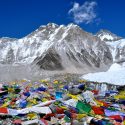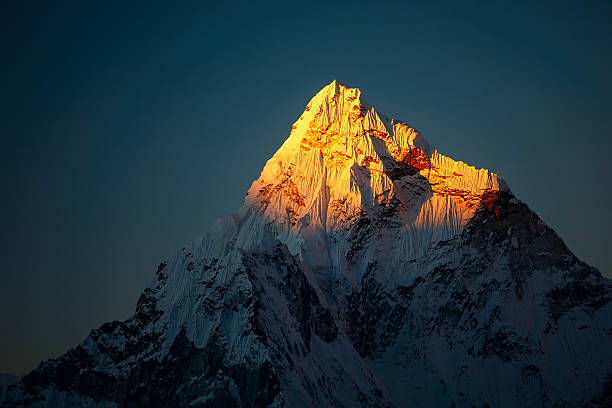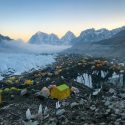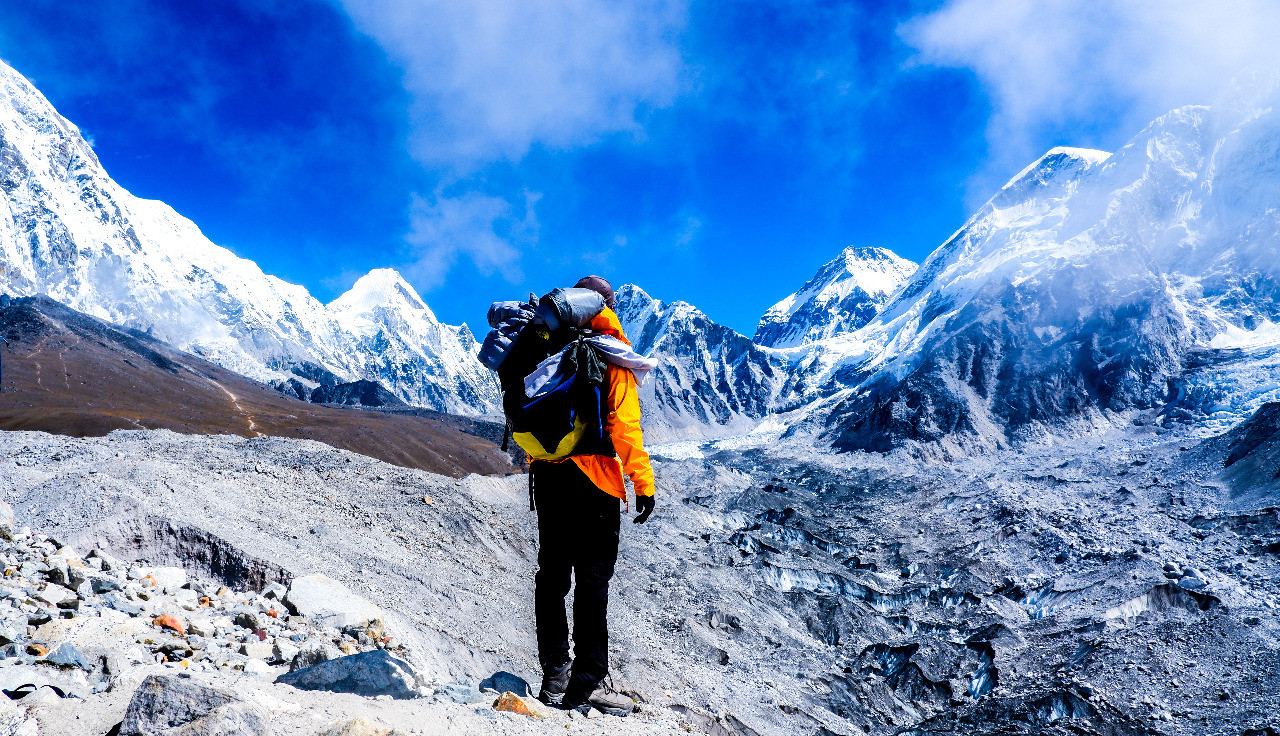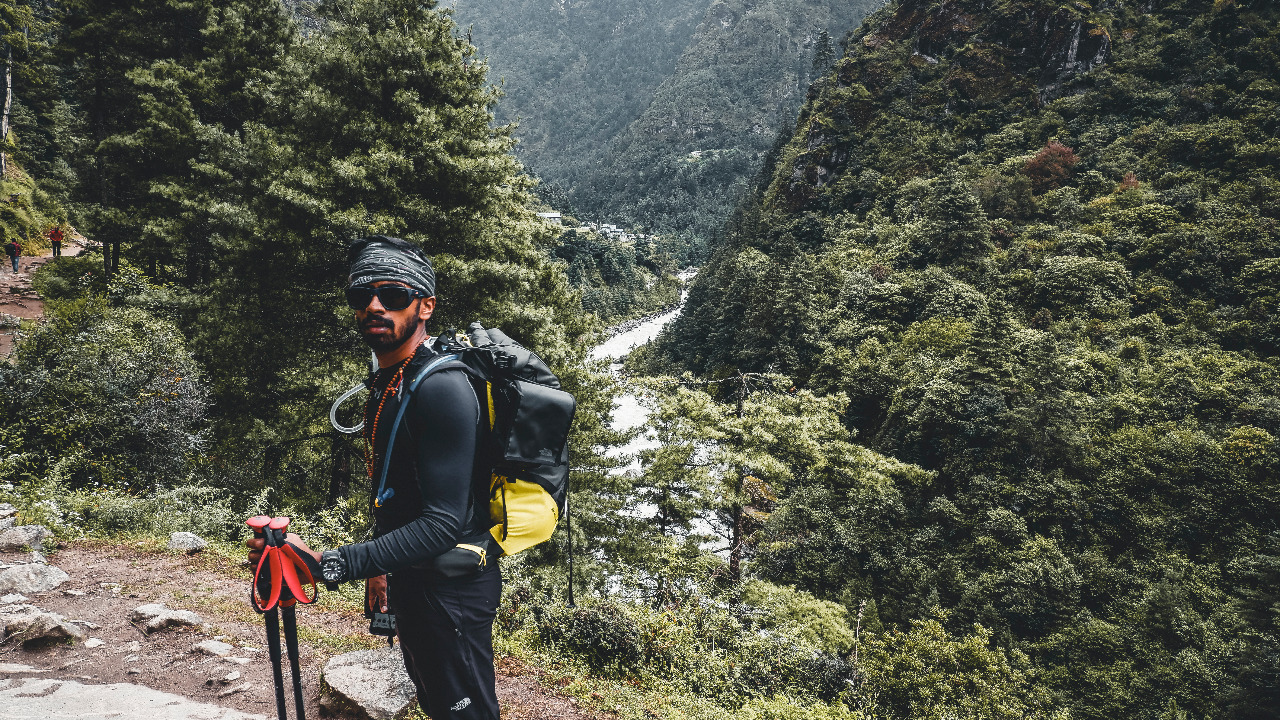Nepal, a land of awe-inspiring natural beauty, rich cultural heritage, and diverse landscapes, beckons adventurers and explorers from around the globe. As we step into the years 2024 and 2025, let’s embark on a virtual journey to uncover Nepal’s top 10 destinations. From the towering peaks of the Himalayas to the tranquil lakes, ancient temples, and bustling cities, Nepal offers a tapestry of experiences that are bound to captivate the senses and leave an indelible mark on every traveler’s heart. Join us as we delve into this enchanting Himalayan nation and discover the gems that await in the coming years.
In this blog, we’ll provide comprehensive insights into Nepal’s top 10 destinations for 2024/25, ensuring you have all the information you need to plan your next adventure. For each destination, we’ll detail the recommended itinerary, highlighting must-visit attractions, trekking routes, cultural experiences, and accommodation options. Additionally, we’ll offer alternative itineraries to cater to different preferences and interests, whether you’re seeking a challenging trek, a leisurely cultural exploration, or a mix of both. Moreover, we’ll delve into why these destinations are particularly worth visiting in 2024/25, discussing factors such as weather conditions, special events, cultural festivals, and conservation efforts that enhance the overall experience. Whether you’re a seasoned traveler or embarking on your first Nepal adventure, this blog will serve as your ultimate guide to unlocking the beauty and wonder of these remarkable destinations.
We will suggest the top 10 destinations for visit Nepal 2024/25.
Continue reading “List of top 10 Destinations to consider exploring Nepal in 2024/25”
Tags:
annapurna base camp trek,
annapurna circuit trekking,
dhaulagiri circuit trekking,
Everest Base camp Gokyo Lake Trek,
Everest Base Camp Trekking Autumn 2019,
Everest three passes trek,
Ghorepani Poon Hill trek,
Kathmandu Pokhara Lumbini tour,
Mardi Himal Base Camp Trek,
upper mustang trekking

